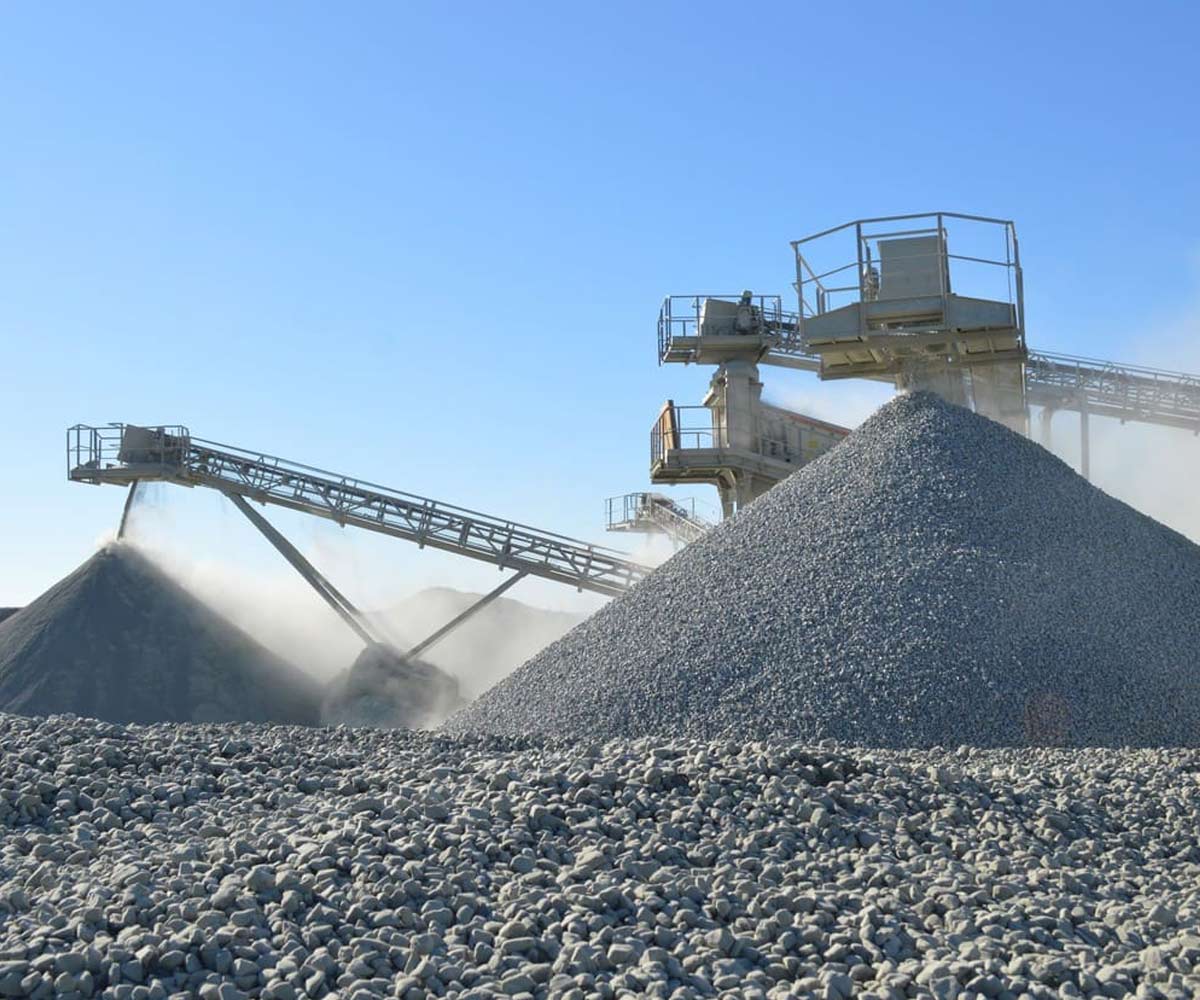
Aggregates are granular materials used in construction and civil engineering. They are a fundamental component of concrete, asphalt, and various construction applications. Aggregates can be classified based on their size, source, and composition.

Metal
"Aggregate metal" typically refers to metal materials used as aggregates in construction, often involving a combination of metals and other materials to create composites or structural components. These aggregates can enhance the performance, strength, and durability of construction materials, making them suitable for various applications.
| Application | Description |
| Concrete Production | Used as a substitute for traditional aggregates in concrete mixes to improve strength and reduce weight. |
| Road Base and Pavements | Aggregate metals can enhance the stability and load-bearing capacity of road surfaces. |
| Drainage Systems | Effective in filtration and drainage systems, allowing for efficient water flow while maintaining structural integrity. |
| Recycling and Sustainability | Utilizing scrap metal as aggregate promotes recycling and reduces waste in construction. |
| Industrial Applications | Used in the production of composite materials for various industrial applications, enhancing performance. |

Granular Sub Base (GSB)
Granular Sub Base (GSB) is a layer of material used in road construction, typically placed under the pavement layer. It serves as a foundation that provides stability and support, improving the load-bearing capacity of the road structure. GSB is composed of granular materials such as gravel, crushed stone, or sand.
| Application | Description |
| Road Construction | Used as a base layer for highways, roads, and streets, providing a stable foundation for pavement. |
| Pavement Support | Enhances the load distribution from the pavement layer to the subgrade, preventing deformation. |
| Railway Construction | Often used as a sub-base for railway tracks to ensure stability and drainage. |
| Airports | Used in the construction of airfield pavements, providing necessary strength and support. |
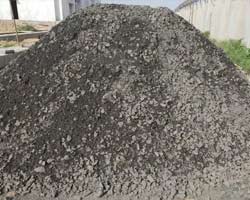
Wet Mix Macadam (WMM)
Wet Mix Macadam (WMM) is a type of road construction material that is used for building the base layer of roads. It is a mixture of aggregates, water, and additives that are thoroughly mixed and then compacted to form a stable layer. WMM is known for its excellent load-bearing capacity and durability, making it an essential component in modern road construction.
| Application | Description |
| Road Base Construction | Used as a base layer for flexible and rigid pavements, providing a strong foundation. |
| Highway Construction | Ideal for constructing highways and major roads due to its load-bearing capacity. |
| Airfield Pavements | Employed in airport runways and taxiways for its durability under heavy loads. |
| Repair Works | Useful in repairing damaged road surfaces, ensuring a smooth and durable finish. |
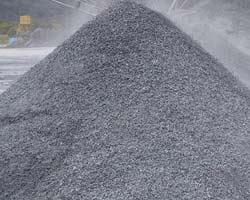
Crush Sand
Crush sand, also known as crushed sand or manufactured sand (M-sand), is a construction material produced by crushing rocks and stones to create sand-sized particles. It is an alternative to natural sand and has gained popularity in the construction industry due to its availability and consistent quality.
| Application | Description |
| Concrete Production | Used as a fine aggregate in concrete, providing strength and improving workability. |
| Mortar | Ideal for making masonry mortar, ensuring better adhesion and durability. |
| Plastering | Utilized in plastering applications for smooth finishes. |
| Road Construction | Used in base layers and sub-base layers for roads. |
| Landscaping | Employed in decorative landscaping and for creating pathways. |
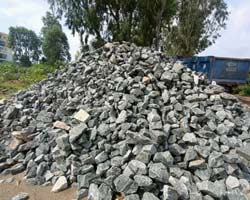
Rubble
Rubble consists of broken fragments of stone or concrete, commonly sourced from the demolition of buildings and roads. Its irregular shapes and varying sizes make it versatile for construction and landscaping applications. Rubble is often used as backfill material, road subbases, and decorative features in gardens. Additionally, it can be crushed and recycled into aggregate for new concrete or asphalt, promoting sustainability. Overall, rubble is a cost-effective and eco-friendly option that enhances both structural integrity and aesthetic appeal.
| Application | Description |
| Construction Fill | Used as backfill in foundations and retaining walls, providing stability and support. |
| Road Base | Serves as a base layer for roads and pathways, enhancing load distribution. |
| Landscaping | Used in decorative features, such as rock gardens, pathways, and erosion control. |
| Recycling Material | Crushed rubble can be processed into aggregate for concrete and asphalt production. |
| Drainage Systems | Helps improve drainage in construction projects due to its void spaces. |
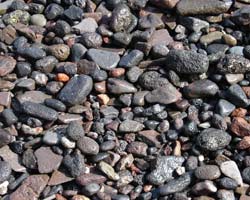
Gravel
Gravel is a naturally occurring material made up of small rock fragments, typically ranging from 2 mm to 64 mm in size. It is widely used in construction, landscaping, and industrial applications due to its durability and versatility. Gravel can be natural, sourced from riverbeds, or crushed, providing different shapes and sizes for various uses. Its excellent drainage properties make it ideal for foundations, driveways, and erosion control. Cost-effective and environmentally friendly, gravel plays a crucial role in modern building practices.
| Application | Description |
| Construction | Used as a base material for roads, foundations, and concrete. |
| Landscaping | Employed for driveways, pathways, and decorative features in gardens. |
| Drainage Systems | Effective in drainage solutions, such as French drains and drainage beds. |
| Erosion Control | Utilized to prevent soil erosion on slopes and banks. |
| Concrete Production | Acts as an aggregate in concrete mixes, enhancing strength and durability. |
